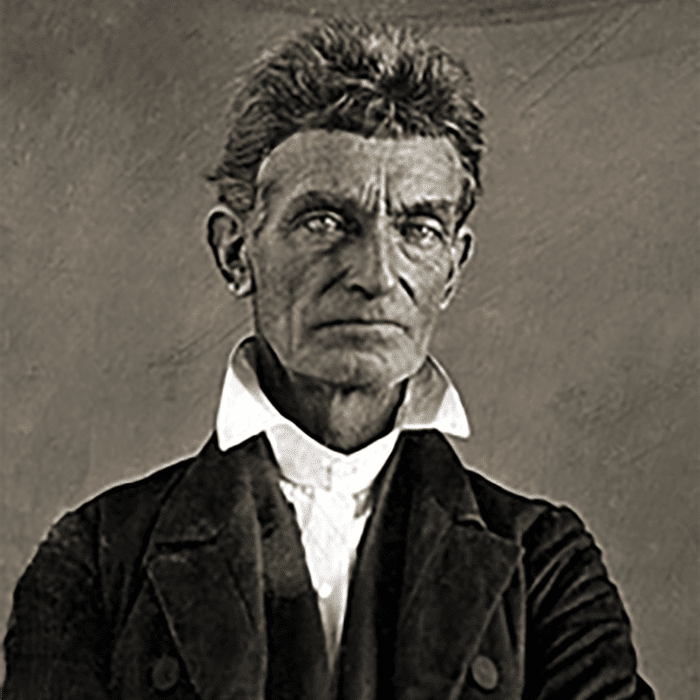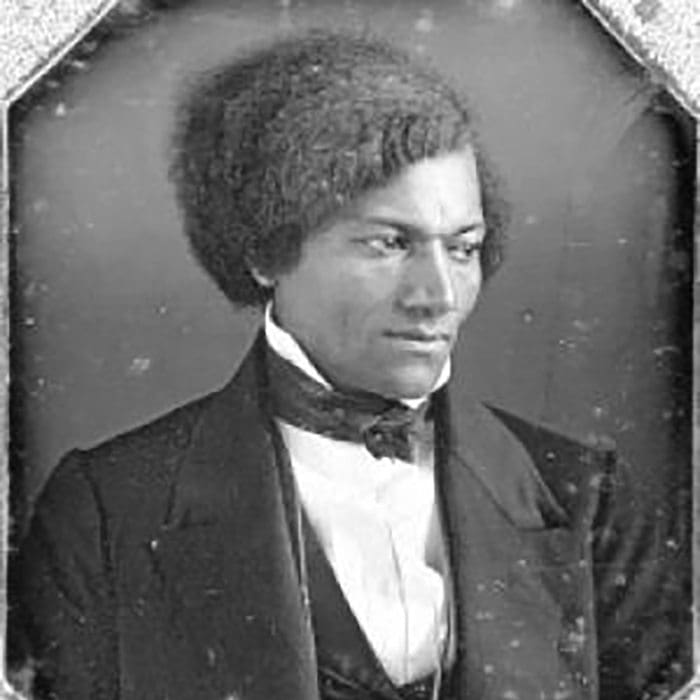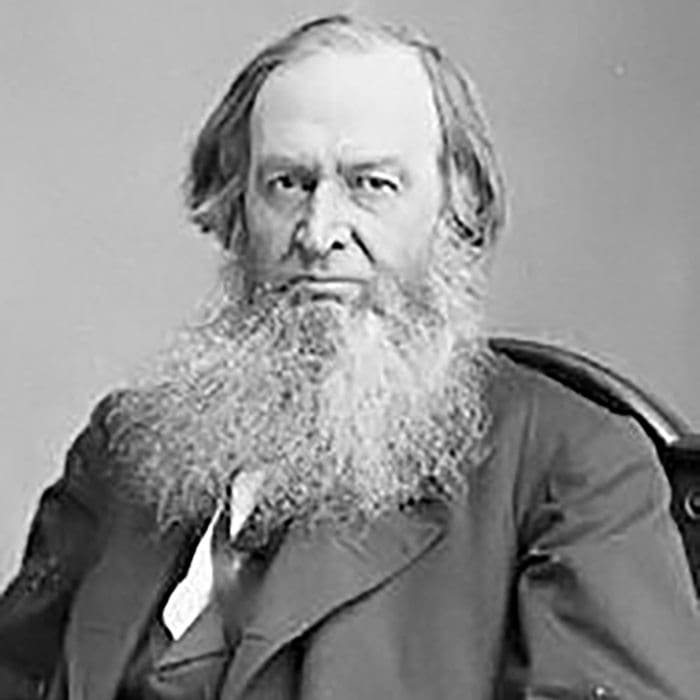


The Struggle for Equal Rights…
In the 1850s, abolitionist Gerrit Smith (with John Brown, Frederick Douglass and others) gave away over 120,000 acres of Adirondack farmland to 3,000 free blacks in an attempt to fulfill New York State’s onerous property requirement necessary for blacks to vote. This opera brings this complex struggle to life with deeply emotional melodies, driving 19th century dance rhythms and the dramatic struggle for racial equality and inclusive democracy.
Telling the Story…
Our May 2016 concert represented the next step in a multi-year project: the creation of an Adirondack Folk Opera based on the unique Adirondack abolition story, Timbuctoo. While these choral works and arias do not tell the whole story, they explore key ideas and historical moments.
Act I introduces the premise for the settlement: to fulfill the land ownership requirement for voting in the 1850s. It also sweeps us up into the optimism that drove many to the Adirondacks. “Come Up to Timbuctoo” reminds us of the minstrel music that took the nation by storm in the mid-19th century.
Act II opens with an exploration of the complex and often competing social movements of the time and closes with the reminder that the natural world unites us despite our human conflicts.
Act III takes us to the funeral of John Brown after his fateful attack on the Harper’s Ferry armory. We are reminded of the religious diversity (Catholic and Protestant) of the region with a new setting of the Latin prayer, “Ave Maria”, and the hymn “Blow Ye the Trumpet, Blow” that Lyman Epps sang at this event in July 1859.
Act IV conveys a recommitment to the ideals of Timbuctoo that resonate into our lives as citizens of a democratic nation.
The Adirondack Landscape in the Music…
This music is infused with both human history and natural history. The final section of “Procession of the Pines” demonstrates the transformation of scientific data into musical notes. The data, from research by Dr. Curt Stager of Paul Smith’s College, represents the remains of microscopic plant-like algae called ‘diatoms’ in Wolf Lake. Diatoms float about in the lake during summer, but they die in winter and sink to the bottom where their glassy shells remain for thousands of years. Wolf Lake is unique in being one of the few remaining examples of what Adirondack lakes were like before the last century of environmental woes. It acts as a sentinel that can warn of future changes that may come as the world warms. The abundance of diatoms tells us how wet or dry the Adirondack climate was in the past. In this musical translation, higher pitches say “wetter” and lower pitches say “drier.” The ups and downs of the piano part represent natural climate fluctuations through the centuries. These numbers go up during 1800s in response to human interventions. Wolf Lake is singing to us a story of change. Since the 19th century, that song has been a joint composition between climate and people.
Our History…
The Adirondack Folk Opera was formed by Helen Demong and Glenn McClure in response to the success of 2013 performances of Timbuctoo: An Abolition Oratorio. The premier of this new musical work not only explored the unique role played by the Adirondacks in abolition history, but also provided a platform for the creation of a new community choir, The Northern Lights Choir, that continues to provide Adirondack communities with engaging, high quality choral concerts several times each year.
The concerts placed Adirondack musicians in the forefront including soloists Kimberly Weems and George Cordes. The overwhelming response by our live audiences and print/broadcast media convinced us that this oratorio deserved an expansion into a full opera. The creation of an opera requires a long process that includes ongoing research, composition, partnership building, fundraising, publicity, public feedback on new music, etc.. Since 2013, we have engaged multiple Adirondack constituencies (middle/high school students, historical societies, scholars, churches and artists) in an ever-deepening discussion on racial equality and the right to vote.
Our May 16, 2016, concert featured a new round of arias and choral works as well as a children’s choir. Just as our local history resonates with national ideas, we added nationally acclaimed baritone, Jorell Williams to our team of local soloists. Adirondack photographer Mark Kurtz has also joined our core leadership team. Our community-driven process has attracted new institutional partners that include Paul Smith’s College and Mountain Lake PBS. They have greatly increased our capacity for research, development and audience expansion.
